PPT-Naturally Rehearsing Passwords
Author : cheryl-pisano | Published Date : 2017-09-01
Jeremiah Blocki ASIACRYPT 2013 Manuel Blum Anupam Datta Memory Experiment 1 2 Person Alan Turing Action Kissing Object Piranha Memory Experiment 2 Person Bill Gates
Presentation Embed Code
Download Presentation
Download Presentation The PPT/PDF document "Naturally Rehearsing Passwords" is the property of its rightful owner. Permission is granted to download and print the materials on this website for personal, non-commercial use only, and to display it on your personal computer provided you do not modify the materials and that you retain all copyright notices contained in the materials. By downloading content from our website, you accept the terms of this agreement.
Naturally Rehearsing Passwords: Transcript
Download Rules Of Document
"Naturally Rehearsing Passwords"The content belongs to its owner. You may download and print it for personal use, without modification, and keep all copyright notices. By downloading, you agree to these terms.
Related Documents

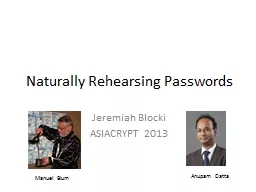


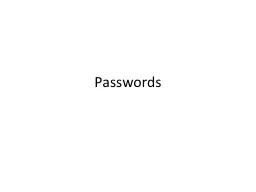
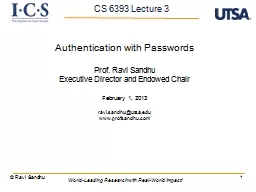
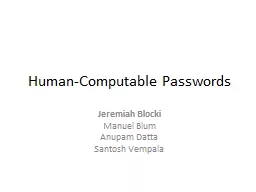
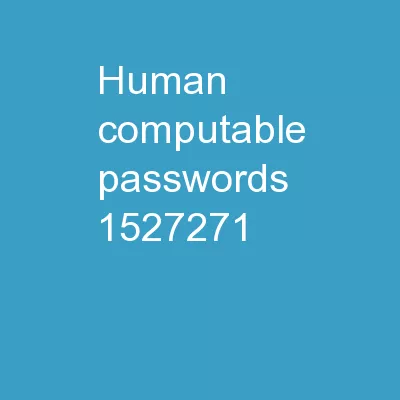
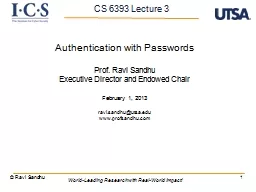


![[READING BOOK]-What the fuck is my password: An Organizer for All Your Passwords and Shit,](https://thumbs.docslides.com/972275/reading-book-what-the-fuck-is-my-password-an-organizer-for-all-your-passwords-and-shit-floral-organizer-for-all-your-passwords-and-shit-abstract-tropical-design-all-the-fucking-passwords-i-have-to-remember.jpg)


